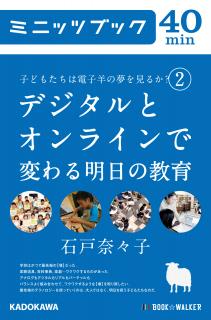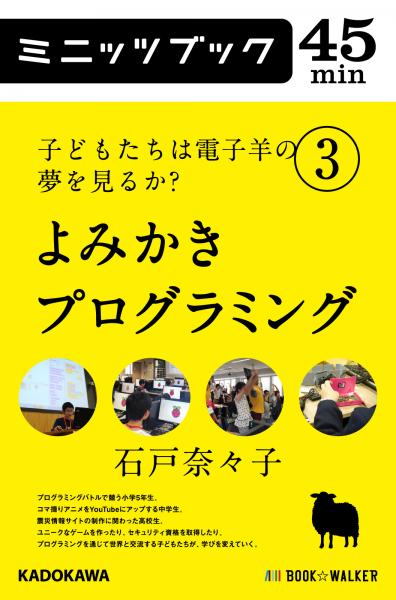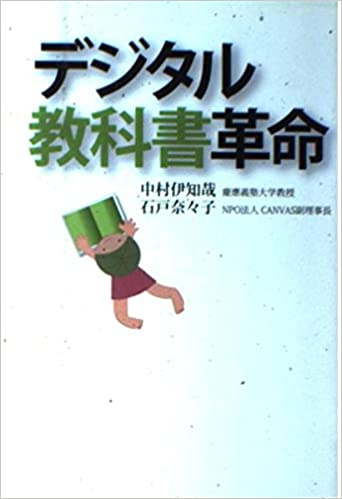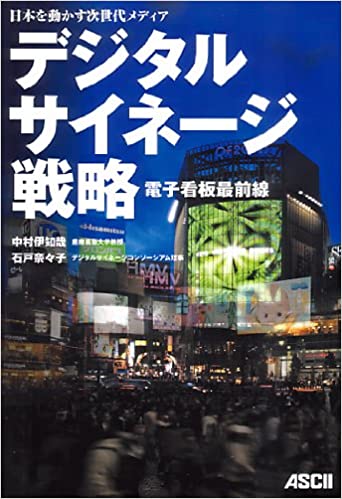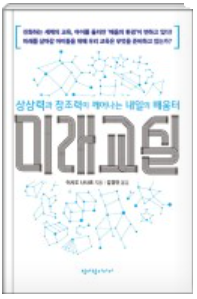English
- 2014.01.09
- 【EN】Digital Ehon
Digital Ehon
Shiritori…ri…ri…ri…rin…rin…ringo!!
Tap the tablet’s screen, and watch as the colorful grains scattered around the screen collect together like magnetic sand to form a picture, as if your finger was a magnet. Sounds also pile up together to make words.
Tap it once more and the completed apple picture explodes, becoming grains once more and scattering.
Go…go…go…gori…gori…gorilla!!
Ra…ra…ra…
What will come next? What will you be able to see?
This is an application called “tap*rap Shiritori”, developed by Dai Nippon Printing Co., Ltd. and Digitalehon. Shiritori is a Japanese game whereby words are decomposed into sounds, the player then extracts the last sound of the word and assembles another word starting with this sound. The concept of this application is to be able to do this using digital expressions. Words, pictures and the movement of your finger become synchronized; you need only dare to make a simple tap on the screen. The application has won both Good Desisgn and Kids Design awards.
According to a fact-finding survey called ‘Present-day Mums’ Childcare’, carried out by Nippon Telegraph and Telephone West Corporation in 2009, the number of new parents who make their net debut before their debut at the park, who download picturebooks from the internet and play lullabies from YouTube, started to increase from that time. Some voices said that new mothers even make do with sending movies on the Internet rather than returning to their parents’ house after giving birth, and that more questions were being asked on the Internet than to mother-in-laws. Whether it’s a good or a bad thing, mothers’ behavior is changing.
Of course, children’s behavior is changing too. The change in the children who have attended workshops these last few years is clear. Try enlarging a picture from a normal picture book. When the children look at the display, regardless of whether it’s a computer or a television, they press it with their finger. Parents now give their old smartphones and tablets to their children to use as special educational devices. My child mastered smartphones from around the age of 1, and can now launch his favorite applications and play by himself.
We wanted to contribute to the pioneering of new forms of digital expression and education materials for smartphones and tablets, so in 2011, we started to create digital picture books. “Can’t we make it easy to do creative things at home with your family?” – it started with a thought like this.
‘Digital picture book’ is the generic name given to digital forms of expression geared towards children and designed for use on new devices such as tablets, e-readers, electronic whiteboards, digital signage displays and smartphones etc. – anything other than televisions and computers. “tap*rap Photo Shiritori ” is a tool for making your own digital picture shiritori. The sequels are ‘tap*rap Henshin’ and ‘tap*rap Tsukuru Henshin’. We’ve also worked carefully on turning books such as ‘The Noticer’ into digital picture books for use on digital signage displays.
Digital technology has brought about various benefits in creating new fields of expression.
First of all, everyone can now ‘make’ things. It offers everyone a chance of high-level expression. Making movies, creating anime etc. – forms of expression that until now weren’t possible without collecting together a lot of expensive equipment, can now be done with a computer, by yourself, at home. The threshold of expression has been lowered.
It’s become possible to play instruments without actually learning them, or to write music without knowing about composition. Even children who can’t draw pictures well can now become good at design. Now you can even create animation at home by yourself.
It’s also now possible for everyone to release their ideas into the world. We can connect to a network at home, and express ourselves in a limitlessly wide space. We can show off and share our ideas and creations straightaway to the world through the Internet, and reaction arrives immediately from other Internet users. We can then take this feedback and use it for our next creation. It’s turned everyone into a creative person.
The spread of tablets and smartphones has made huge changes to the way we live. The keyboard and mouse that have been features of computers up until now have been cleared away, and a new interface has appeared where we can actually touch the screen; an interface that children immediately and intuitively understand how to operate. As devices have become smaller, the distance to the network has decreased and we can carry them around and always be connected to the world.
Thanks to extremely simple interfaces, we can now access the world through intuitive operation using only our fingertips. Devices on which everything can be done with the index finger have become widespread, various applications have been developed and even now new solutions are being sought to address this new state of things.
Of course many creation tools, expression tools, transmission tools and communication tools are being developed. The pursuit of simple operability like this makes it easy for children to be expressive and creative and puts new tools for expression in their hands.
There is no need to gain knowledge of specialty subjects such as computers and programming, you can create things with a simple touch. The process of making things merges unobtrusively into the children’s existing play, and a world that creates a link between play, expression and creativity has been made possible. By using a tablet for creative activities, with just have an idea, anyone can create a genuine work.
The goal of “tap*rap photo Shiritori” and “tap*rap Henshin” is to offer children the tools to be able to create things easily at home while they play. ‘Photo Shiritori’ allows children to use the camera function to photograph familiar objects or pictures that they’ve drawn and easily create an original shiritori. “Henshin” allows children to create an original face with around 1000 possible variations while they play.
In a world in which digital is now familiar medium, children can create as they play and from here can learn many things. Even if you’re not a professional creator, doing activities in which you can be expressive and creative brings great satisfaction. There is another form of communication which is different from using words.
We want to pioneer new digital experiences that foster imagination and creativity in children, both fascinate and enchant them, and that can be enjoyed together with parents. We want to contribute to creating a rich society through the creative lifestyles that digital technology can bring about.



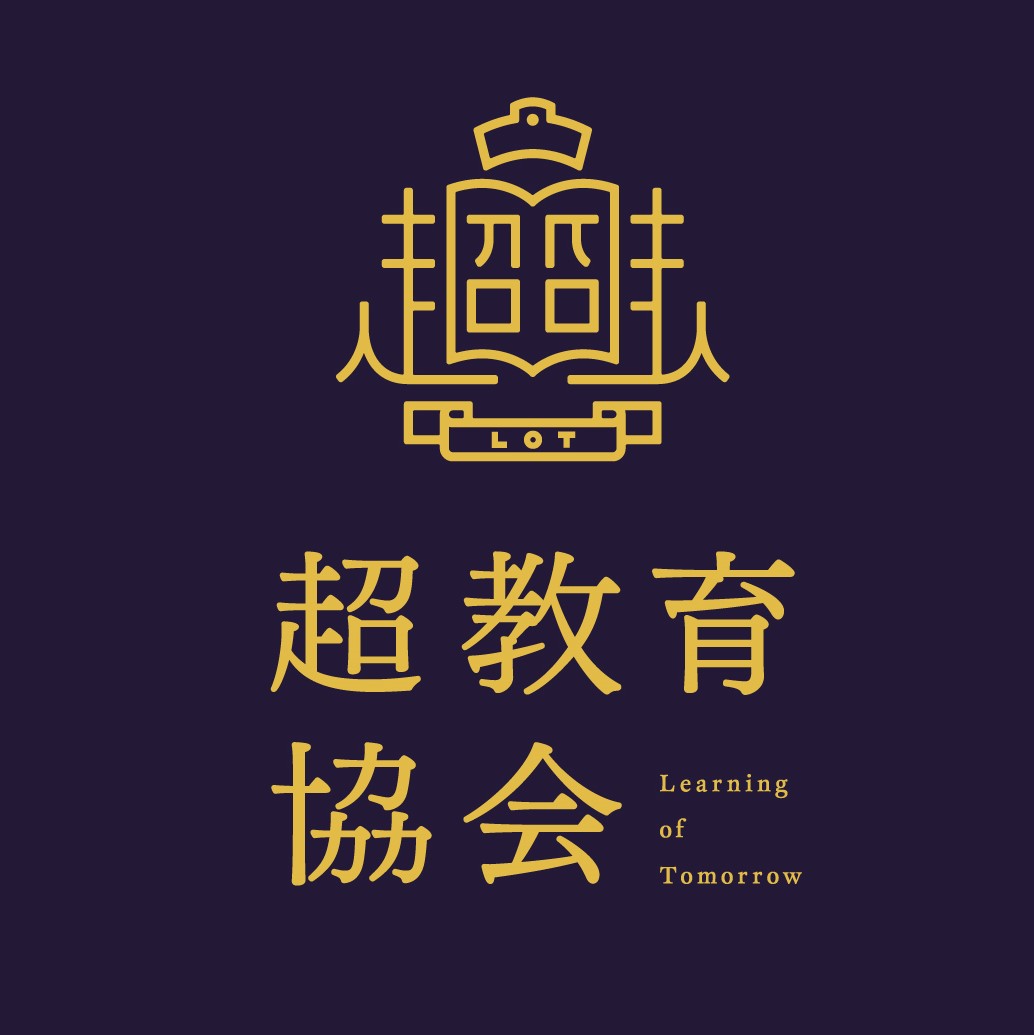
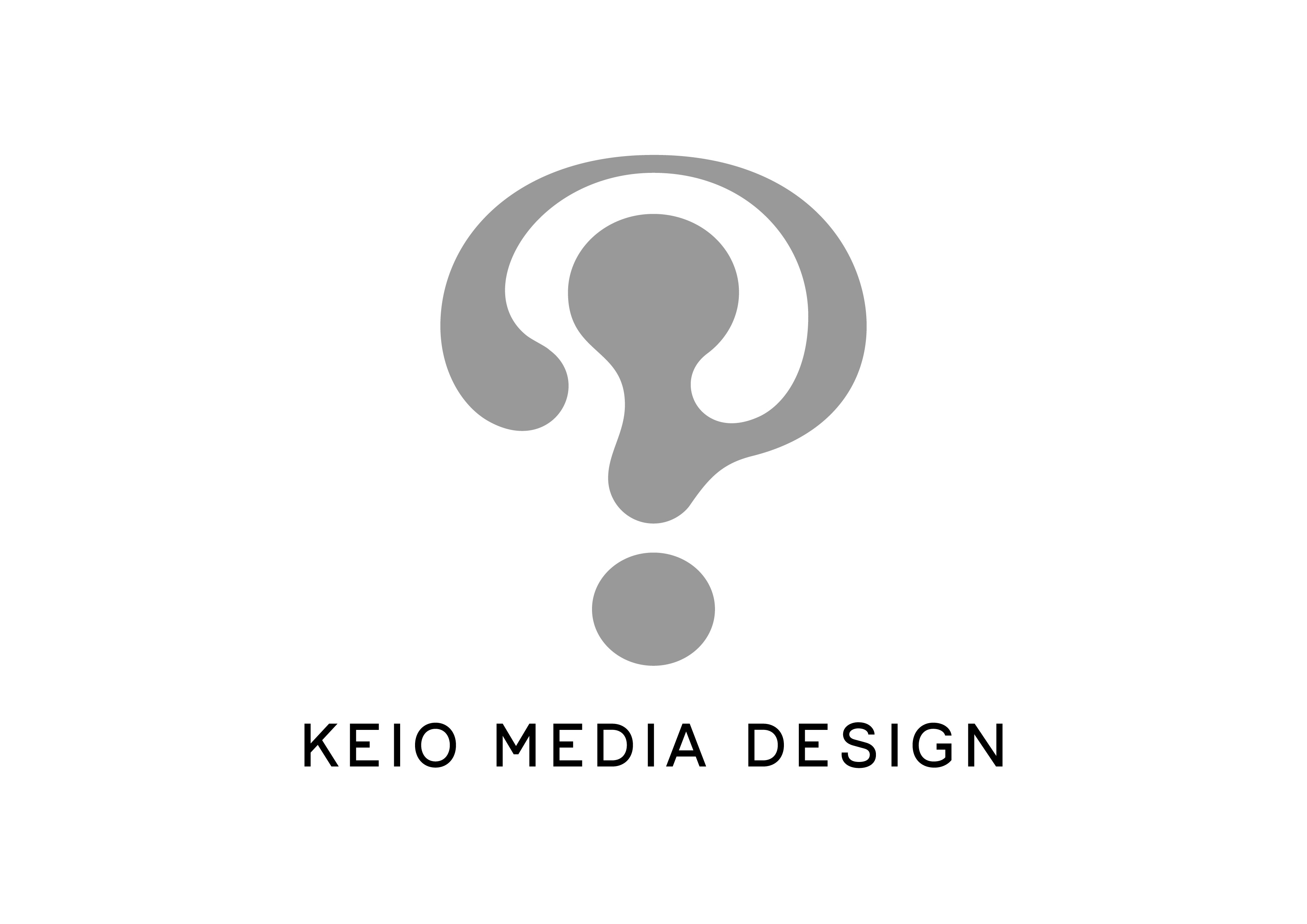
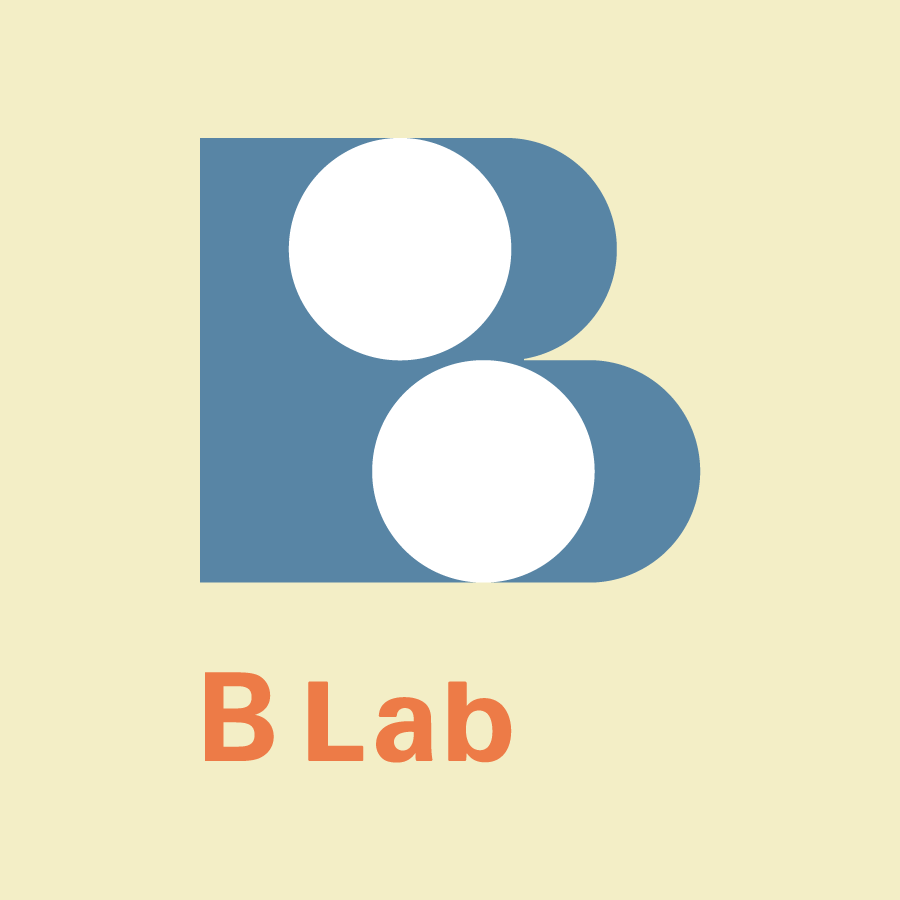
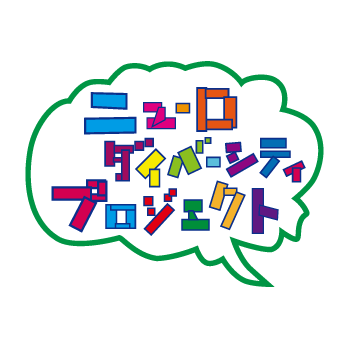

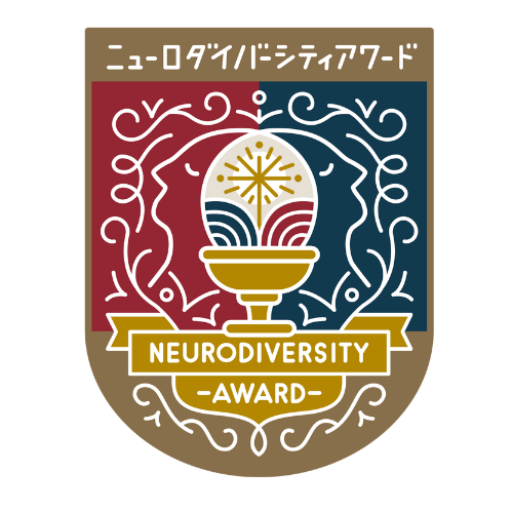
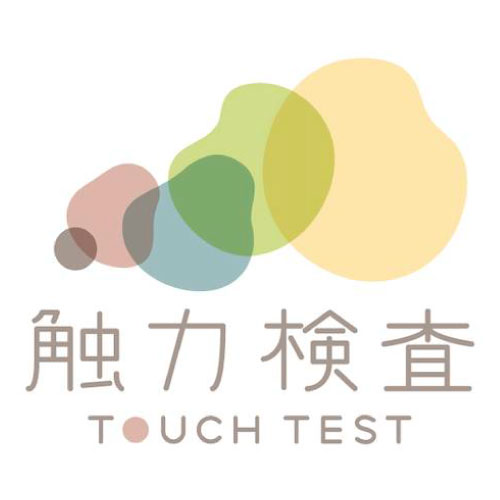

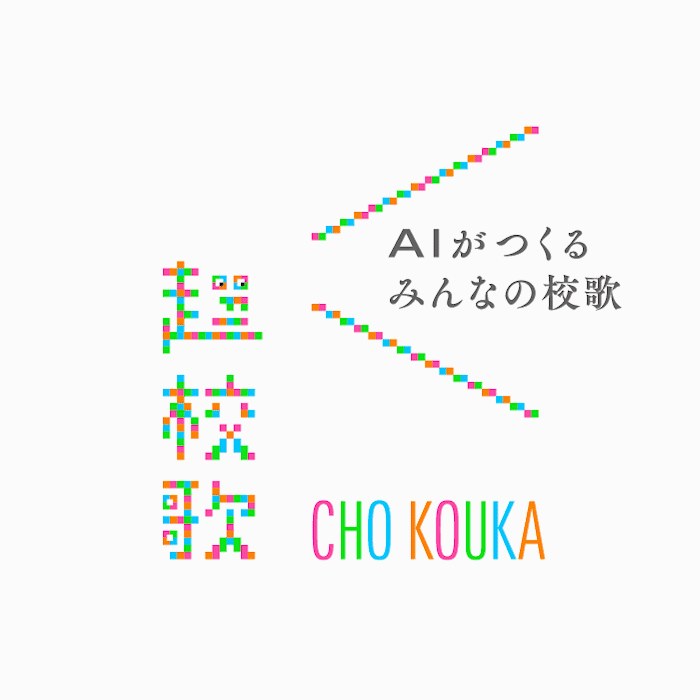


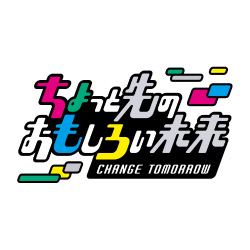
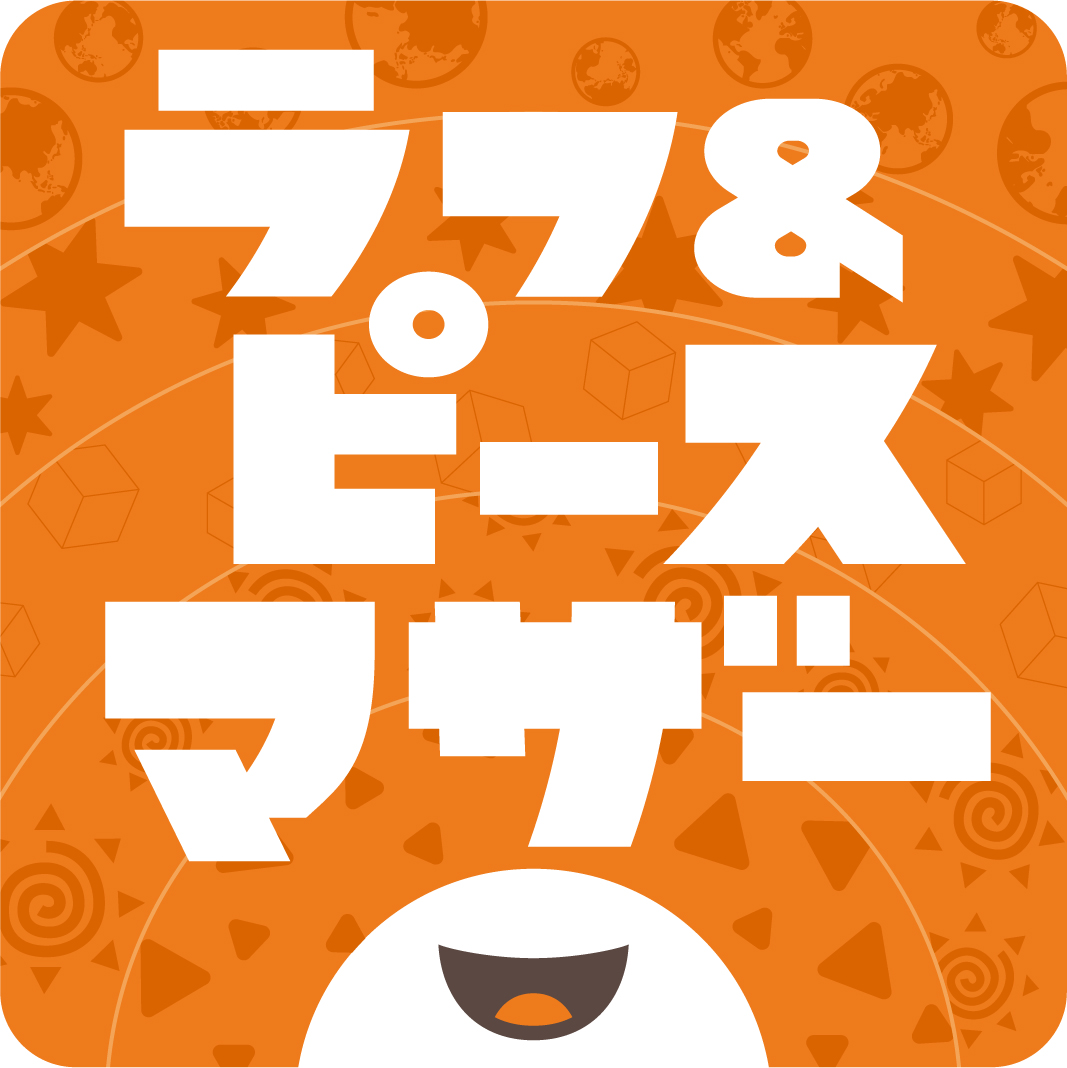
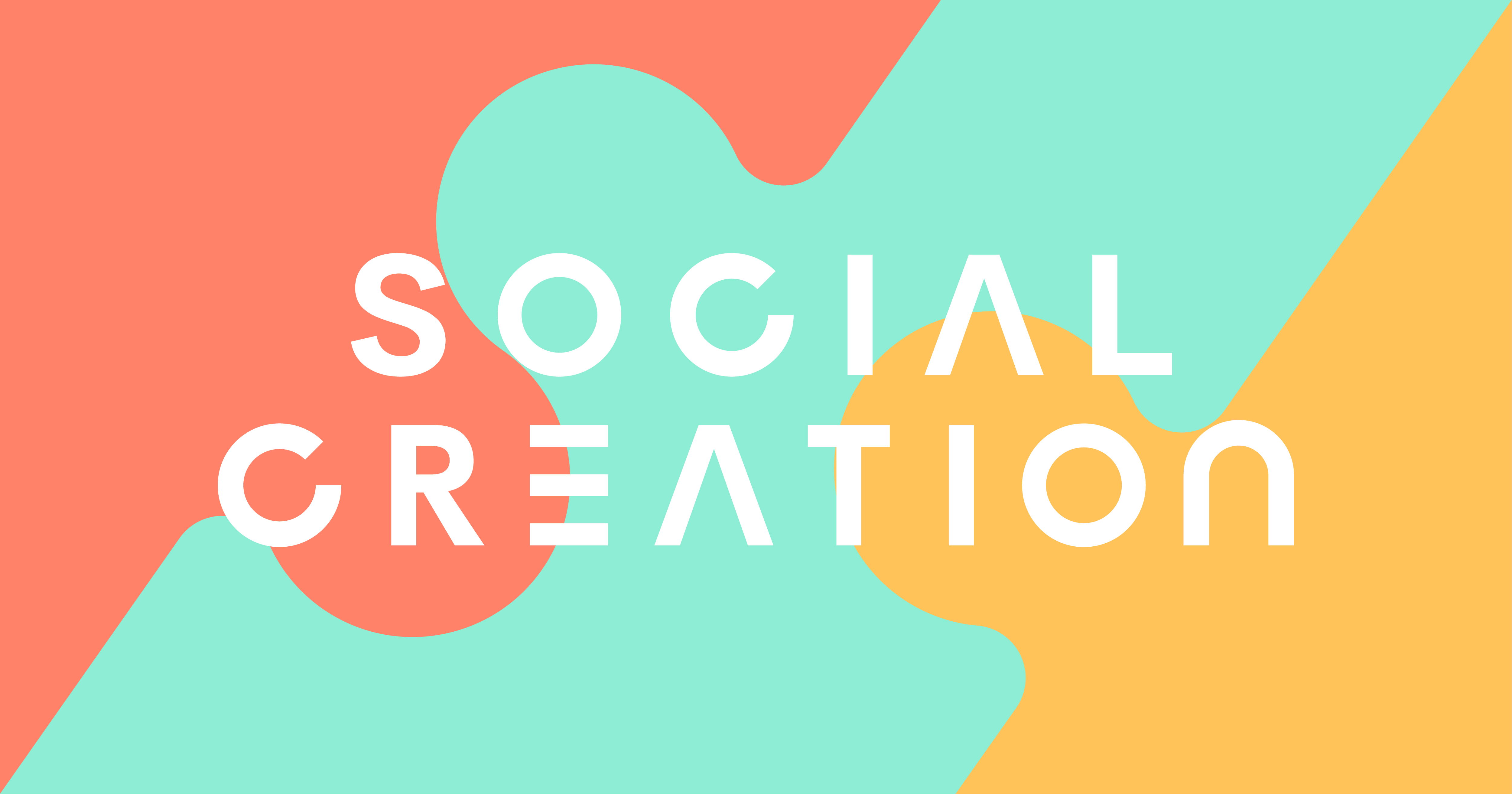




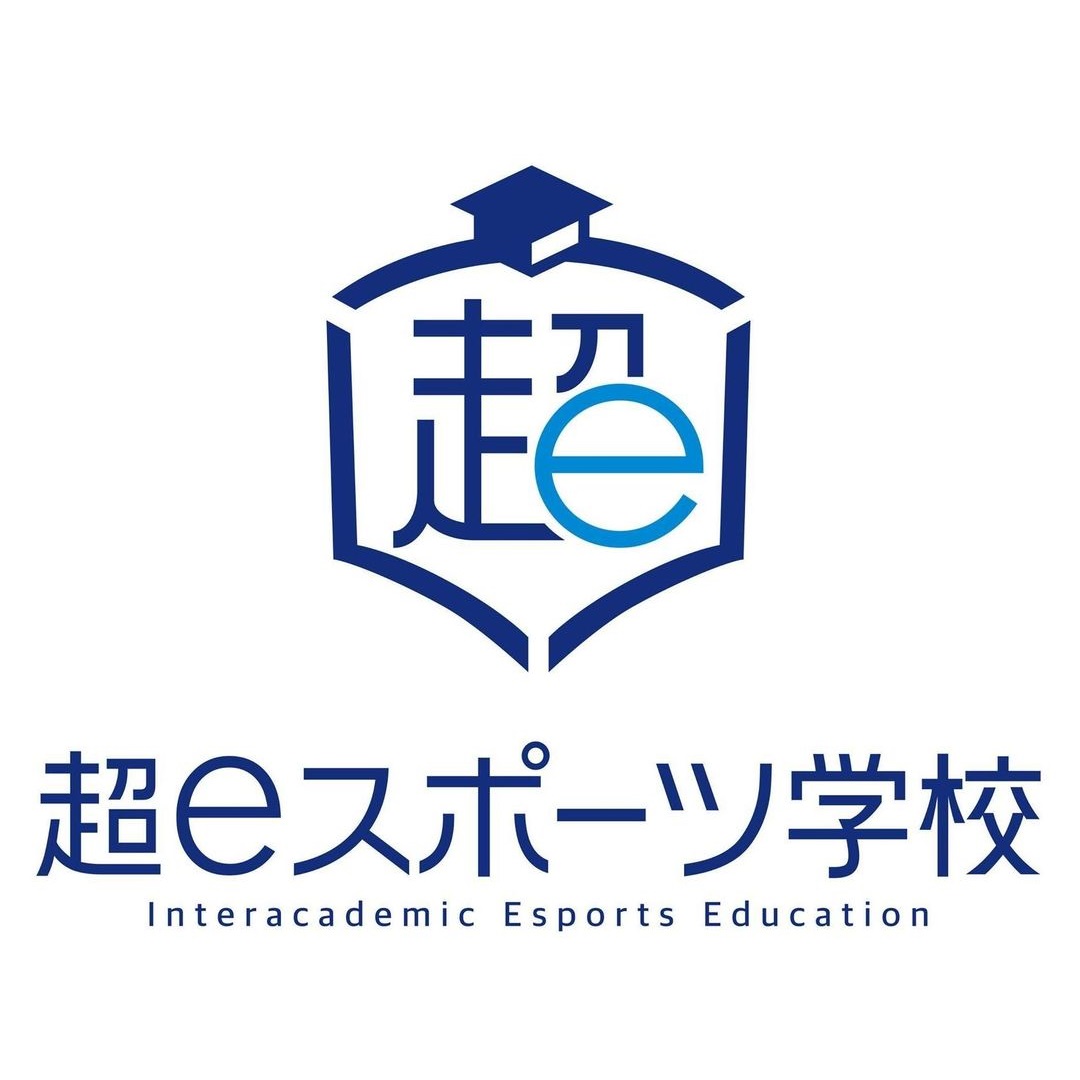
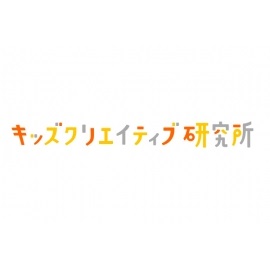

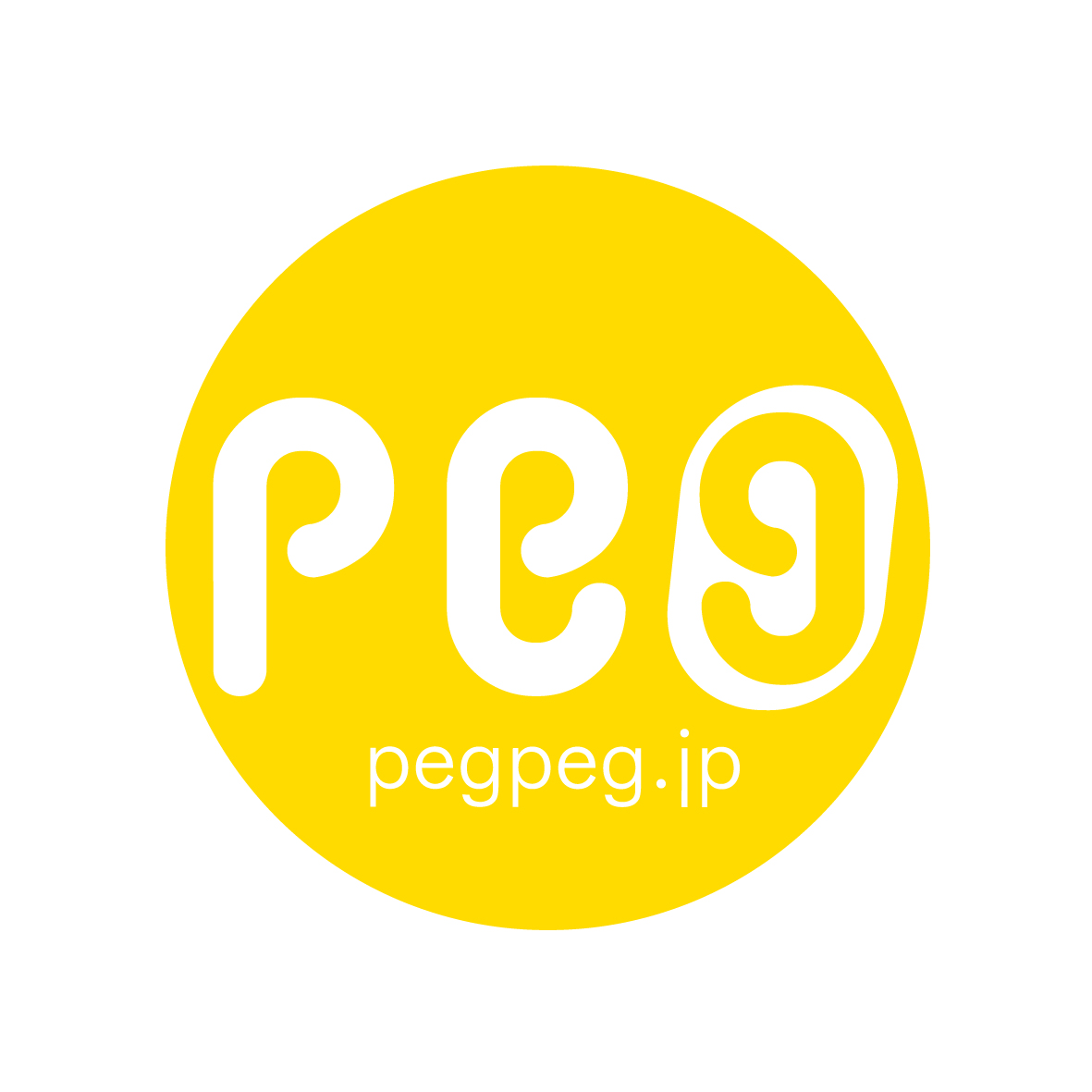
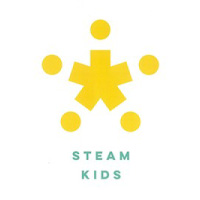

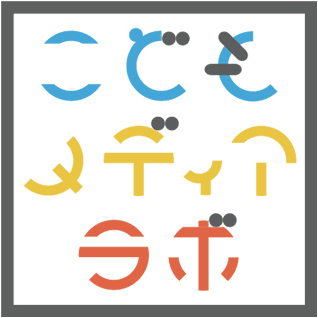
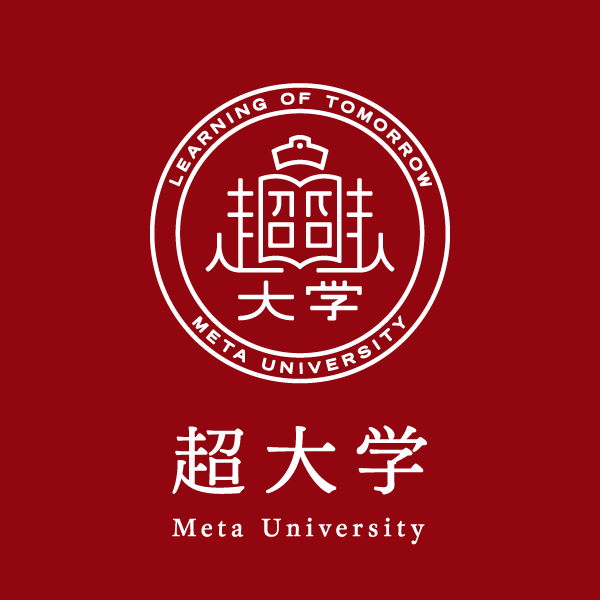

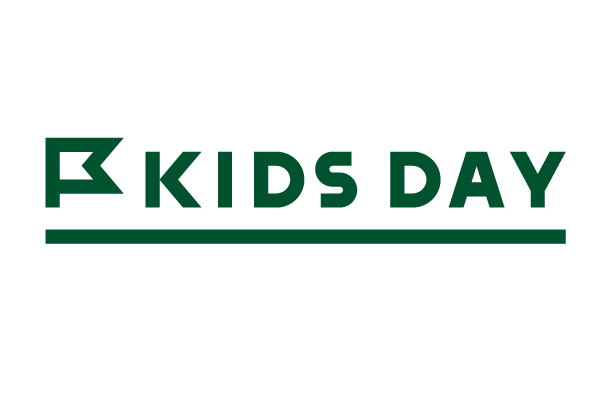



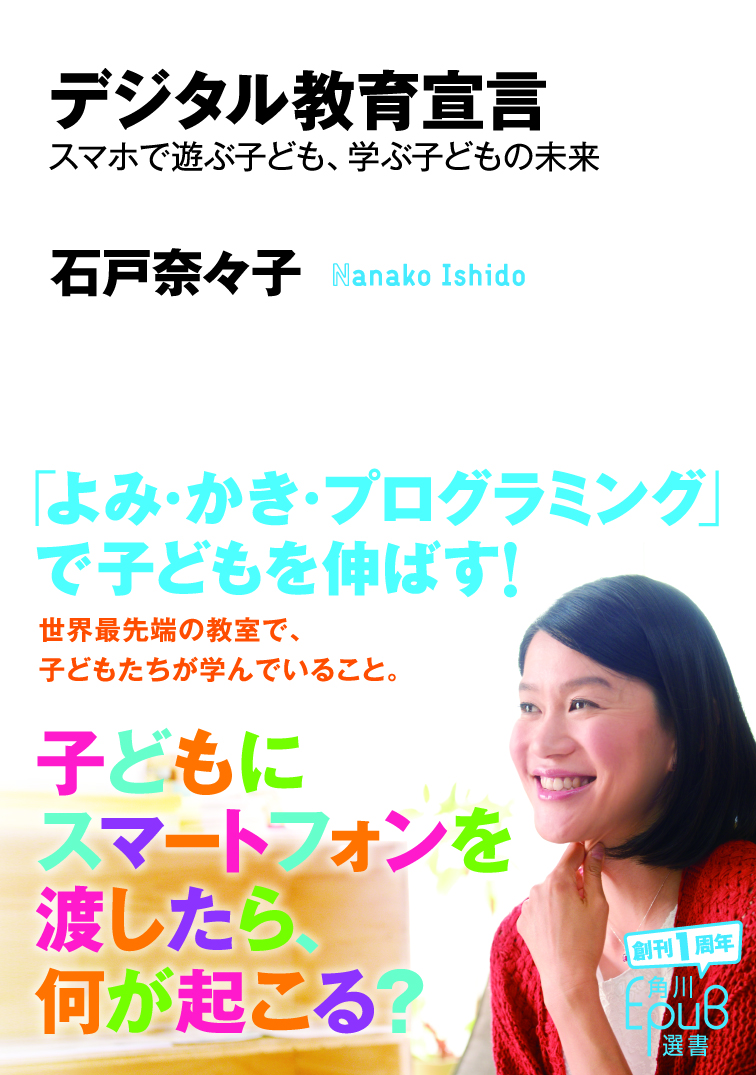
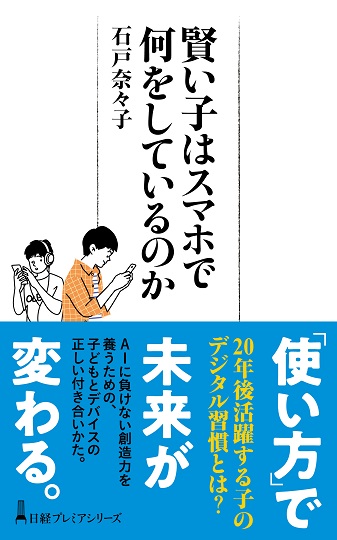
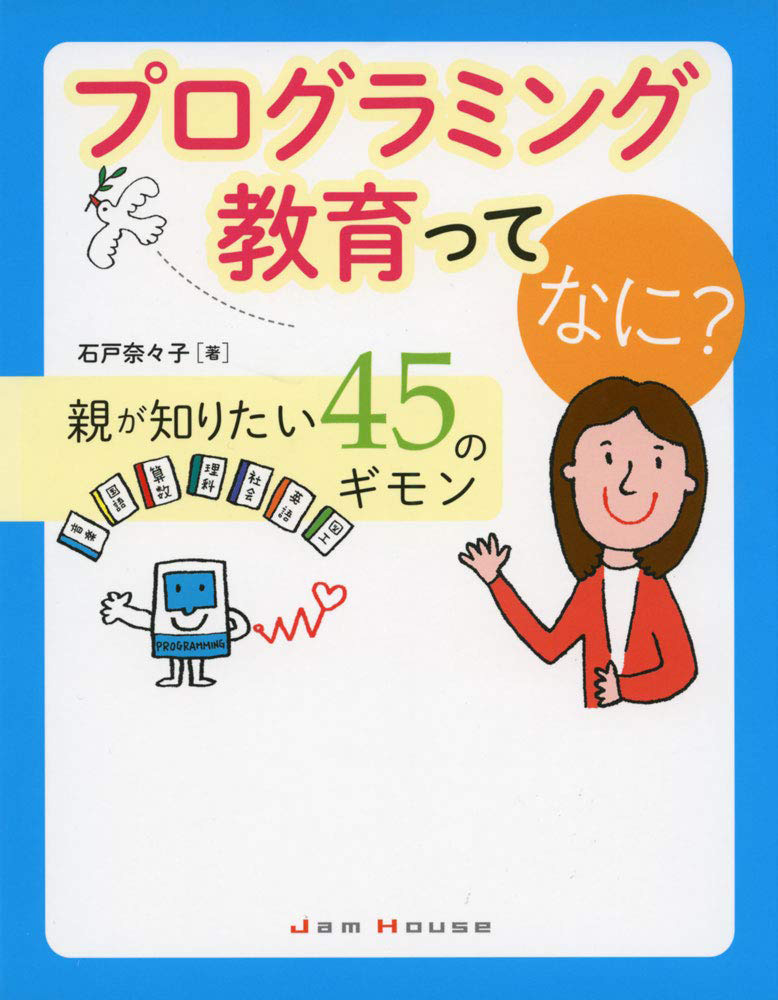

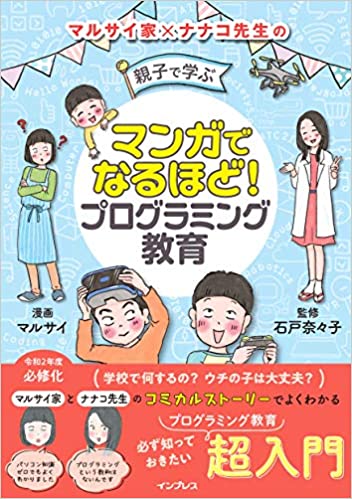
4052047885.jpg )

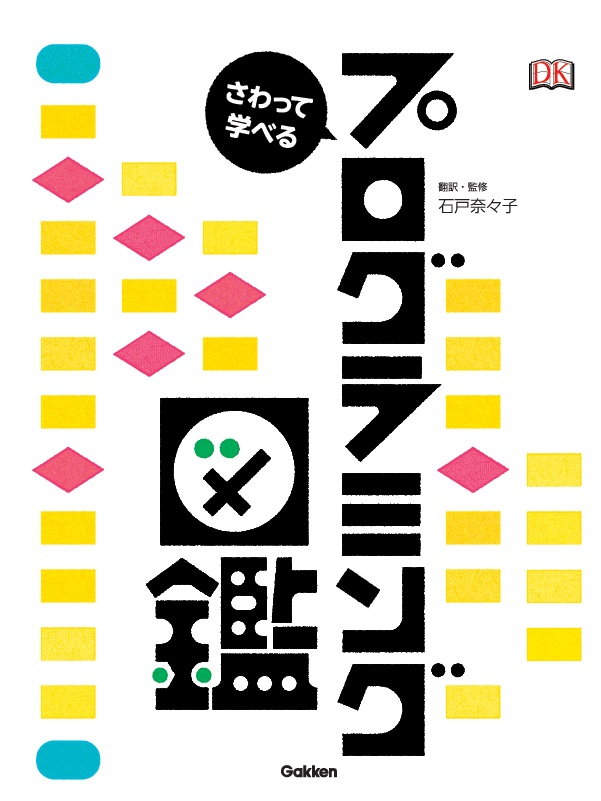
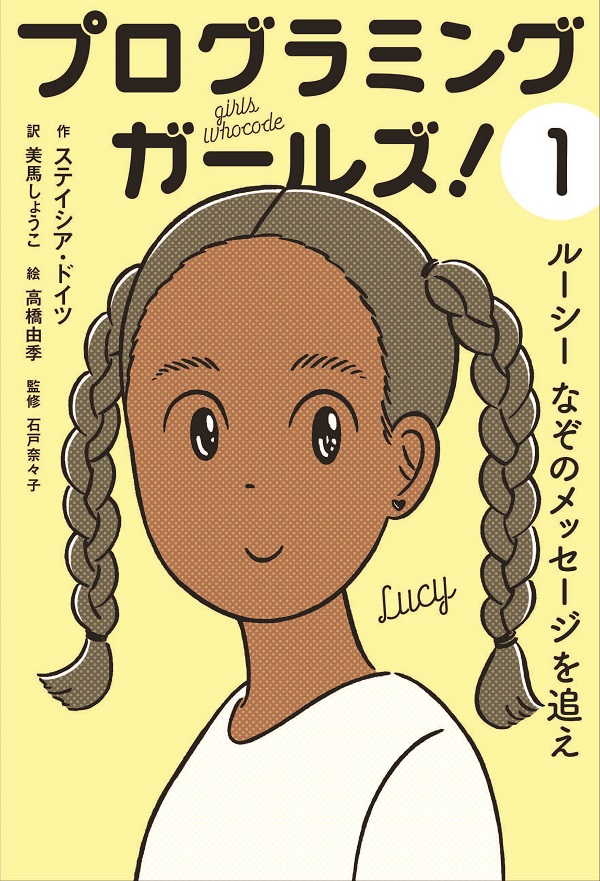
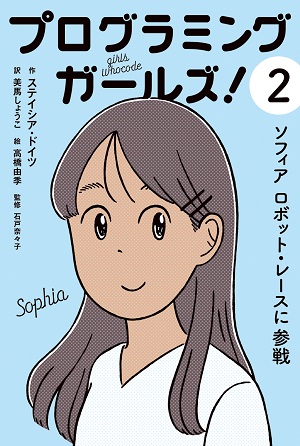
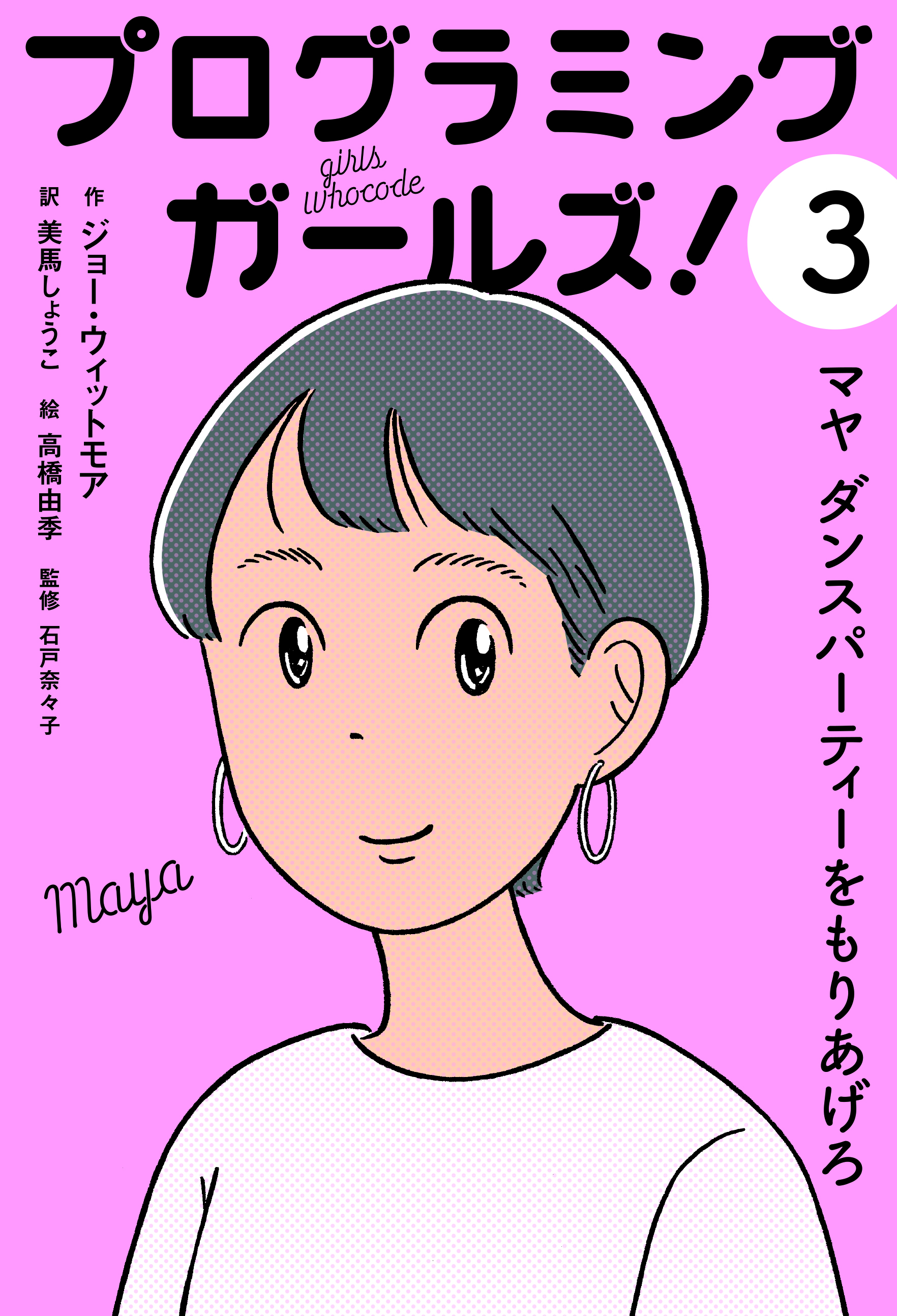



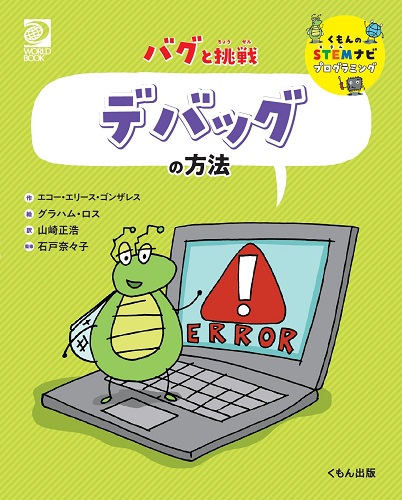
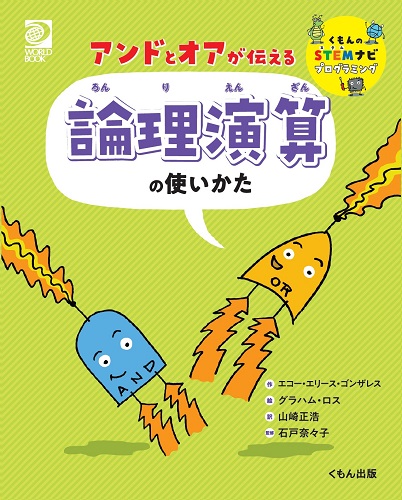

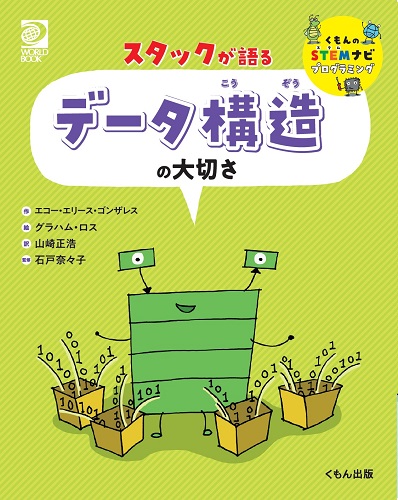



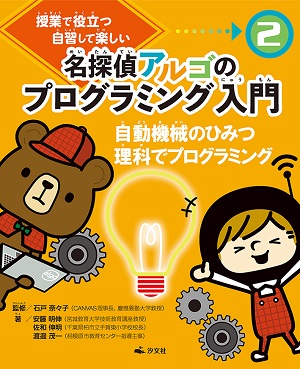


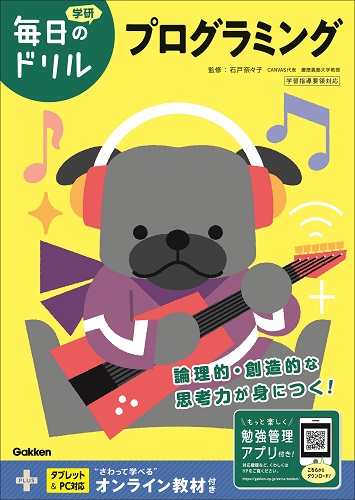

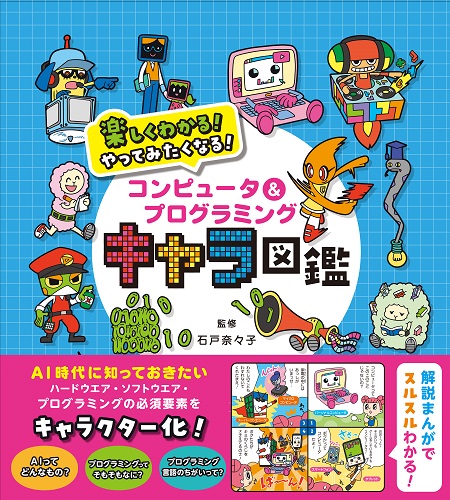

1.jpg)


